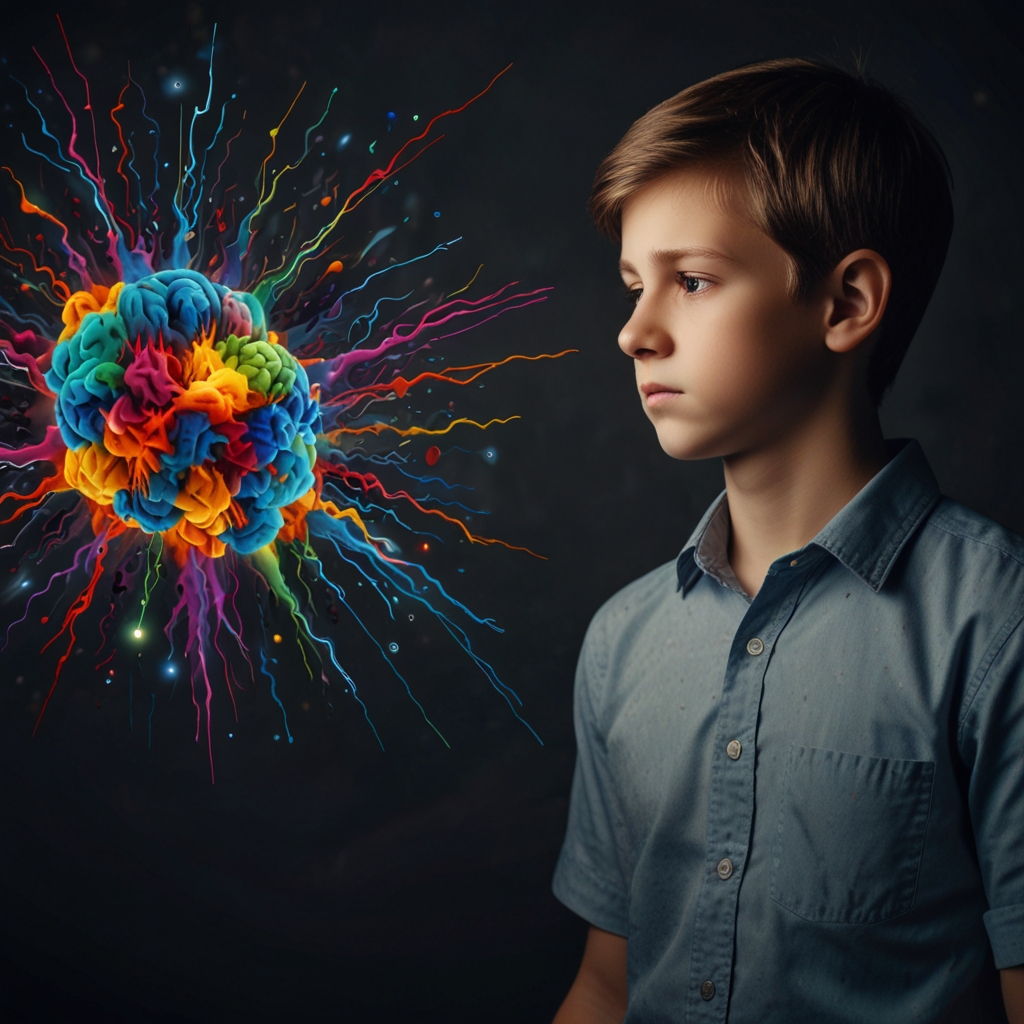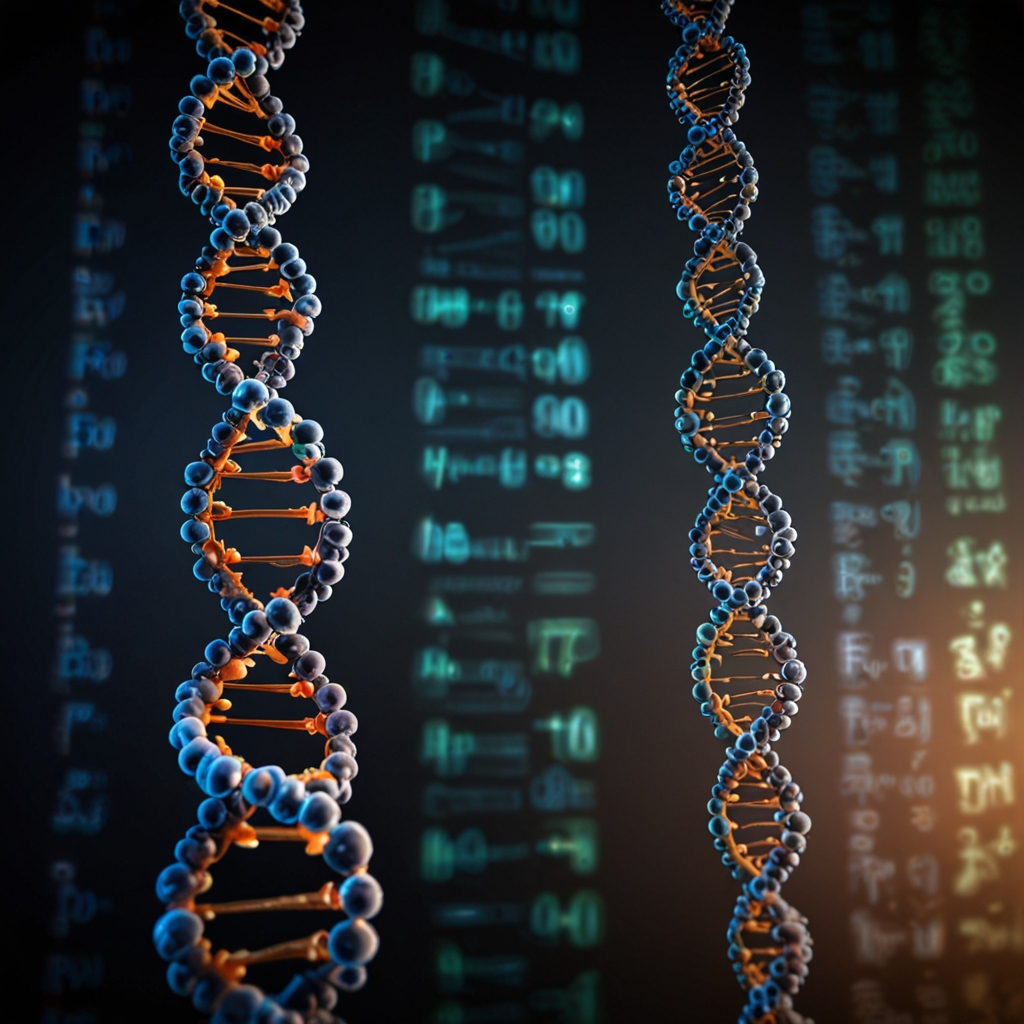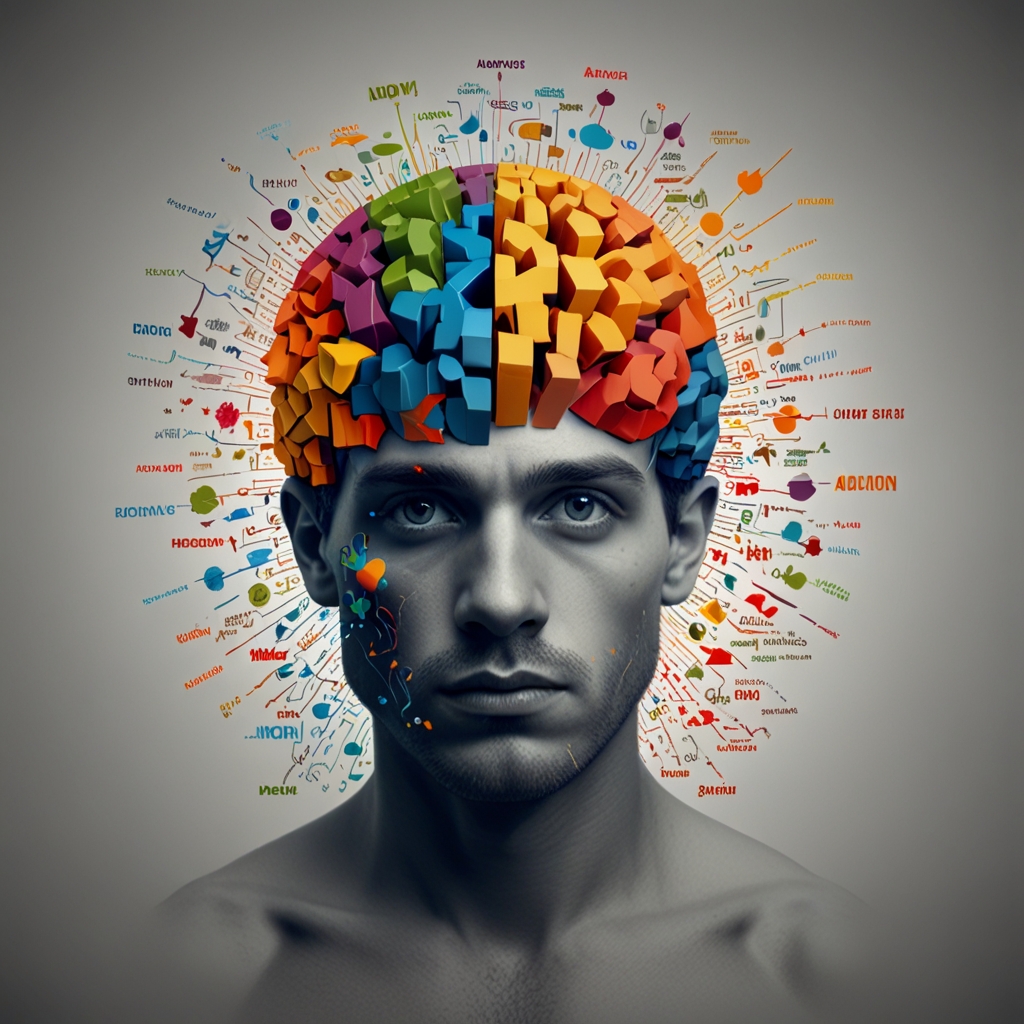
Attention Deficit Hyperactivity Disorder (ADHD) affects millions of adults and children worldwide, creating challenges with focus, organization, and impulse control. While medication remains a cornerstone of ADHD treatment, Cognitive Behavioral Therapy (CBT) has emerged as a powerful complementary approach that helps individuals develop practical skills for managing their symptoms. This evidence-based therapy offers hope for those seeking to improve their daily functioning and overall quality of life.
What is Cognitive Behavioral Therapy for ADHD?
Cognitive Behavioral Therapy for ADHD is a structured, goal-oriented form of psychotherapy that focuses on identifying and changing negative thought patterns and behaviors that contribute to ADHD symptoms. Unlike traditional talk therapy, CBT for ADHD is highly practical, teaching specific strategies and tools that individuals can immediately apply to their daily lives.
The therapy operates on the principle that our thoughts, feelings, and behaviors are interconnected. By learning to recognize unhelpful thinking patterns and developing more effective behavioral strategies, people with ADHD can better manage their symptoms and improve their functioning in work, school, and relationships.
How CBT Helps Adults with ADHD
Adults with ADHD often struggle with executive functioning skills, time management, and organization. CBT for ADHD addresses these challenges through several key mechanisms:
Cognitive Restructuring: Many adults with ADHD develop negative self-perceptions after years of struggling with symptoms. CBT helps identify and challenge these unhelpful thoughts, replacing them with more balanced and realistic perspectives. For example, instead of thinking “I’m always disorganized,” individuals learn to reframe this as “I can develop systems to become more organized.”
Behavioral Strategies: CBT teaches practical skills such as breaking large tasks into smaller, manageable steps, using calendars and reminder systems effectively, and creating structured routines. These behavioral interventions directly target the executive functioning deficits common in ADHD.
Problem-Solving Skills: The therapy helps individuals develop systematic approaches to solving daily problems, from managing time to handling work responsibilities more effectively.
Core CBT Techniques for ADHD Management
Several specific CBT techniques have proven particularly effective for ADHD symptom management:
Time Management Training: This involves learning to estimate time accurately, use scheduling tools effectively, and break tasks into time-bounded segments. Many people with ADHD struggle with “time blindness,” and CBT provides concrete strategies to improve time awareness.
Organization and Planning Skills: CBT teaches systematic approaches to organizing physical spaces, managing paperwork, and planning ahead for upcoming responsibilities. This might include creating filing systems, using checklists, or establishing daily and weekly planning routines.
Attention and Focus Techniques: While CBT cannot cure attention deficits, it can teach strategies for minimizing distractions and maximizing focus during important tasks. This includes environmental modifications, attention training exercises, and mindfulness techniques.
Emotional Regulation: Many individuals with ADHD struggle with emotional reactivity and frustration tolerance. CBT provides tools for managing these intense emotions and developing more measured responses to challenging situations.
The Structure of CBT for ADHD
CBT for ADHD typically follows a structured format over 12-16 weekly sessions, though the exact duration may vary based on individual needs. Each session generally includes:
- Review of the previous week’s homework and challenges
- Introduction of new skills or strategies
- Practice of techniques during the session
- Assignment of specific homework to practice skills in real-world situations
The collaborative nature of CBT means that individuals actively participate in setting goals and developing personalized strategies that fit their specific lifestyle and challenges.
Effectiveness and Research Support
Research consistently demonstrates the effectiveness of CBT for ADHD. Multiple randomized controlled trials have shown that adults who receive CBT in addition to medication experience greater improvements in ADHD symptoms, executive functioning, and quality of life compared to those receiving medication alone.
Studies indicate that CBT for ADHD can lead to significant improvements in organization, time management, and emotional regulation. Perhaps most importantly, these benefits tend to persist even after therapy ends, as individuals continue to use the skills they’ve learned.
Is CBT Right for You?
CBT for ADHD may be particularly beneficial if you experience challenges with organization, time management, procrastination, or emotional regulation related to your ADHD symptoms. It’s especially helpful for adults who want to develop practical skills beyond what medication can provide.
The most successful CBT candidates are typically motivated to practice new skills, willing to complete homework assignments, and ready to actively participate in the therapeutic process. While CBT requires effort and commitment, many individuals find that the practical nature of the therapy makes it highly applicable to their daily lives.
Getting Started with CBT for ADHD
If you’re considering CBT for ADHD, start by finding a therapist who specializes in both CBT techniques and ADHD treatment. Many mental health professionals offer this specialized form of therapy, and some programs are specifically designed for adults with ADHD.
Remember that CBT for ADHD works best as part of a comprehensive treatment approach that may include medication, lifestyle modifications, and support from family or friends. With the right combination of treatments and a commitment to learning new skills, CBT can provide lasting tools for managing ADHD symptoms and improving overall life satisfaction.








